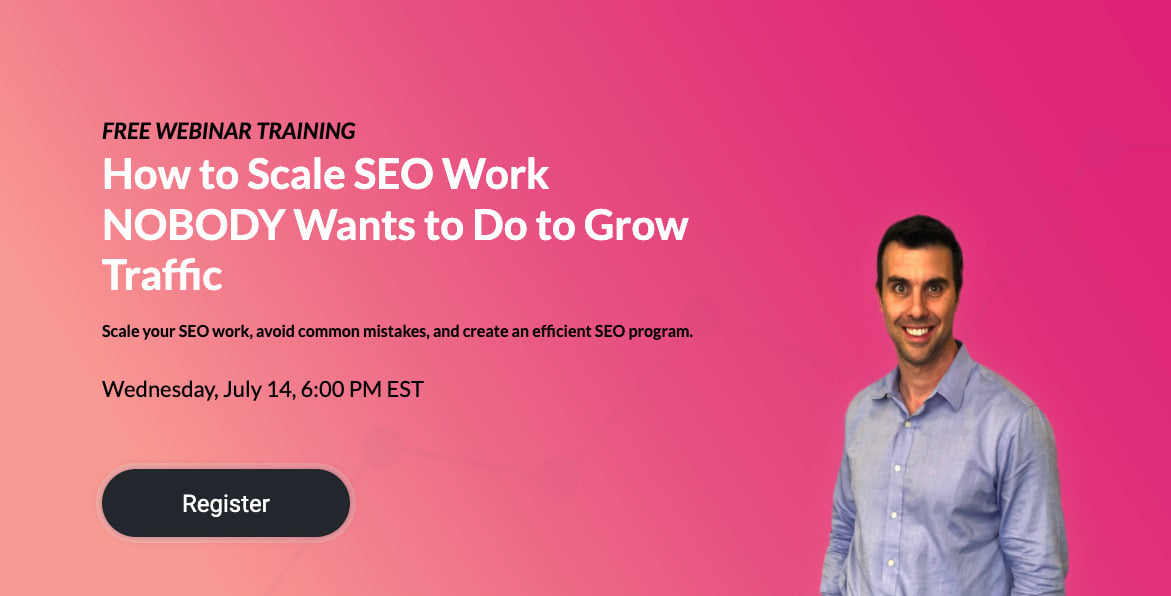More eCommerce brands are rethinking where and how they market on social media. More are turning to other options, like Instagram, to drive traffic and sales. And when you look at brand performance on Instagram, it’s no surprise. Seventy percent of users follow at least one brand on Instagram, and 75% of users take action after seeing a brand post. While “action,” can be defined as commenting, sharing, or liking, it also accounts for sales, making Instagram eCommerce a powerhouse for brands.
Great Instagram brands don’t pop up overnight. It takes time for companies to build loyal followings and to learn how to promote their posts in ways that make customers act. Follow these eight tips to improve your Instagram eCommerce efforts to grow your overall sales.
Get to Know Instagram
It’s easy to track down your target audience on Facebook because 80% of internet users (and 68% of all adults) are on the social network. However, finding your Instagram demographic is a little harder. While the social network is indeed one of the most popular websites on the net, its demographics also skew toward younger users.
Roughly 30% of all adults use Instagram, with the largest demographic comprising 18-29-year-olds. The majority of these users earn less than $30,000 annually, often because they are young, possibly still in school, or right out of college.
As you develop your Instagram eCommerce strategy, keep this user base in mind, and hone your ad targeting to reach users who are actually likely to buy your products.
Design Unique Photos for Your Posts
The best brands invest in photography for their Instagram accounts and take beautiful photos that internet users can’t find anywhere else. If you are taking photos from your Facebook page or trying to repurpose website photos for Instagram, then your users aren’t going to care about your brand and will tune you out. Your Instagram followers expect your account to be a unique profile with lifestyle images and stories that keep them coming back.
Delta is a great example of this. Their account is more lifestyle-based and less eCommerce-focused, but that doesn’t mean you can’t learn from them. Their Instagram offers unique insight into the company, travel photos to inspire followers, and borrowed photos shared by fans. Fans take a journey as they follow the company’s Instagram posts and dive deeper into the world of Delta.
Add Emotional Elements to Your Posts
Emotions play an essential role in your social media strategy, and emotional cues can help or hurt your Instagram eCommerce plan. On social promotion company, Fractl, analyzed 345 campaigns to see what impact emotions had on viral performance. It turns out that campaigns that received more than 20,000 social shares were eight times more likely to have an emotional hook than those with fewer than 1,000 shares.
Ecommerce isn’t just about sales, it’s about the customers buying your products. Don’t just focus on the features: paint a picture with your Instagram posts. Experiment with various emotions to see how customers react to your posts. You might share aspirational images that draw customers in, or share heartwarming updates that call people to engage with your brand. One thing is for sure, if customers feel nothing about your brand, they are going to scroll right past it.
Create Shoppable Posts
In March 2018, Shopify and Instagram eCommerce announced a partnership where brands can create shoppable posts and customers can view photos and click through to a company’s website to learn more about the products.
This partnership was a change from previous attempts to add eCommerce to Instagram, namely the “Buy Now” buttons that many brands currently use or the “Link in Bio,” calls to action that you can find on most blog accounts. The two companies shared case studies related to the partnership, including reports from ORO LA, which experiences a 30% lift in month-over-month revenue because of Instagram shopping.
If you are looking to see this Shopify relationship in action, look at the retailer prAna. This company shares a mixture of lifestyle photos and shoppable posts, where fans can learn about the outfits the models are wearing. When customers click on items, they see a pop-up with more information about the items and a CTA to visit the website and learn more. Their shopping posts are common enough that you can click through a few of them to get an idea of how to create these posts effectively.
Understand the Customer Journey
If marketers had their way, Instagram users would immediately click to buy their Shopping products. However, this isn’t how your customers behave in the real world. Shoppers need more information before they buy. They need to consider the purchase and come back to your store multiple times.
This is why Instagram switched from the “Buy Now” concept, where customers would immediately make a purchase, to the “Shop Now” idea where customers click through to your website.
Your job, as a marketer, is to provide exactly the information customers need to remove barriers to purchase. Make sure details related to price, sizing, colors, and shipping are clearly placed on your website so customers can learn about your products. Remember, your customers weren’t originally shopping when they saw your products, they were browsing on social media and a bad online experience can convince them to bounce and keep scrolling if you don’t hold their attention.
You may see that customers browse on Instagram and then return to buy a few hours or days later. This means your Instagram eCommerce efforts support the middle part of your sales funnel. You can see this in action in the Multi-Channel Funnels section of Google Analytics.
Drive Customers to a Dedicated Landing Page
As customers and potential audiences discover your brand, they will likely look at your profile page and visit your website. If your plan is to use Instagram to drive customers straight to your homepage, then you’re making a huge mistake. It’s easy for customers to feel lost or overwhelmed when they land on a brand’s page for the first time, which is why Instagram eCommerce experts create dedicated landing pages instead.
Etsy and Zulily are two popular examples of brands that have dedicated Instagram landing pages. The photos fans see on Instagram are features on these pages, making it easier to convert. If a fan sees a cute confetti necklace, they can go right to the page to buy it instead of navigating around the website from the main homepage.
This small step can increase your social media conversion rate as customers visit your website with the goal of buying a specific item that they immediately find.
Develop a Hashtag Strategy
Hashtags have taken over the internet. They are the main language of social network users and essential tools for navigating endless posts. Instagram, in particular, is one of the most hashtag-friendly networks. Buffer reported that post interaction was highest on photos that had more than 11 hashtags. This data was pulled from users who have fewer than 1,000 followers, meaning small businesses can make a splash and get the exposure and sales they need with a few carefully selected tags.
The lesson: don’t look at brands like Nike or Expedia when you’re developing your hashtag strategy. Look at small businesses in your industry who you compete with. Test adding a few more tags to your posts and see if you get the sales results you want from them.
Carefully Target Your Promoted Posts
Earlier, we mentioned the unique demographics of Instagram. While these audiences come in to play throughout your advertising process, they are particularly important if your promote your eCommerce efforts with sponsored content. Simply sorting audiences by age and gender won’t narrow your buyers effectively, and you could end up wasting your budget trying to target too broad of an audience.
If you lack target personas for your brand, now is the time to develop them and use them for your social media efforts. What are people interested in and what makes them turn to social media? What are their particular needs that day that will make them buy your products?
This is particularly important as users start following hashtags on Instagram, something that has yet to catch on in Facebook. Consider the users who would follow specific hashtags and what their needs are before you add the tag to your posts.
Put Your Best Instagram Ecommerce Foot Forward
There are lots of moving pieces involved in Instagram eCommerce, from developing a brand voice with emotions to optimizing your profile and improving your Shopify account. As your eCommerce business grows, it’s managing the account will likely become too much for one person to handle. We’re here to help. Trinity Insight specializes in Shopify and Shopify Plus development. We can take your store to the next level and start driving sales to your eCommerce business.
Contact us today to discuss your eCommerce brand and brainstorm ways we can improve your Instagram sales and marketing strategies.





